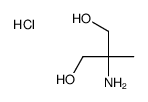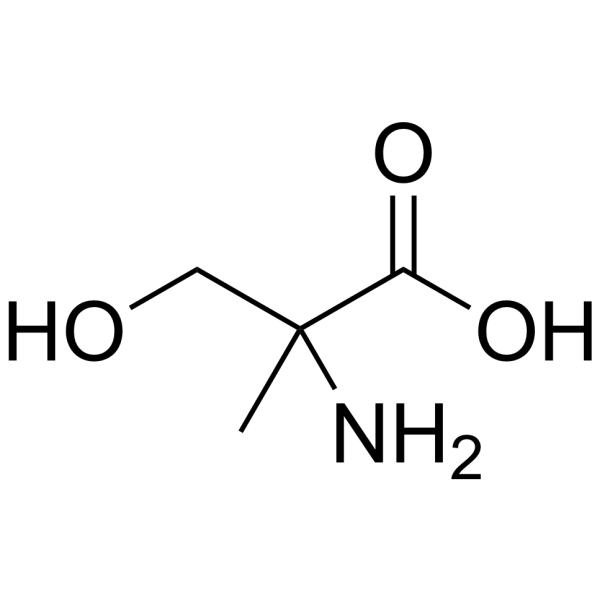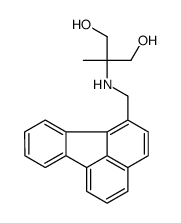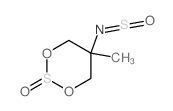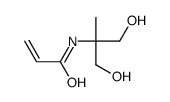115-69-5
| Name | 2-amino-2-methylpropane-1,3-diol |
|---|---|
| Synonyms |
AMPD,Ammediol
2-amino-2-methylpropane-1,3-diol 2-Amino-2-methyl-1,3-propanediol EINECS 204-100-7 MFCD00004678 |
| Description | 2-Amino-2-methyl-1,3-propanediol is a solid-solid phase change materials (PCMs). Amino-2-methyl-1,3-propanediol can be used to make surfactants, vulcanization accelerators and as a biological buffer[1]. |
|---|---|
| Related Catalog | |
| References |
| Density | 1.1±0.1 g/cm3 |
|---|---|
| Boiling Point | 271.5±0.0 °C at 760 mmHg |
| Melting Point | 100-110 °C(lit.) |
| Molecular Formula | C4H11NO2 |
| Molecular Weight | 105.136 |
| Flash Point | 109.7±21.8 °C |
| Exact Mass | 105.078979 |
| PSA | 66.48000 |
| LogP | -1.16 |
| Vapour density | 3.63 (vs air) |
| Vapour Pressure | 0.0±1.2 mmHg at 25°C |
| Index of Refraction | 1.494 |
| Stability | Stable. Combustible. May be moisture-sensitive. Incompatible with strong oxidizing agents, copper, aluminium, brass, strong acids. |
| Water Solubility | 2500 g/L (20 ºC) |
CHEMICAL IDENTIFICATION
HEALTH HAZARD DATAACUTE TOXICITY DATA
|
| Symbol |


GHS05, GHS07 |
|---|---|
| Signal Word | Warning |
| Hazard Statements | H290-H315-H319-H335 |
| Precautionary Statements | P280-P304 + P340 + P312-P305 + P351 + P338-P337 + P313 |
| Personal Protective Equipment | dust mask type N95 (US);Eyeshields;Gloves |
| Hazard Codes | Xi:Irritant; |
| Risk Phrases | R36/37/38 |
| Safety Phrases | S26-S36-S37/39 |
| RIDADR | UN 3259 8/PG 2 |
| WGK Germany | 1 |
| RTECS | TY2975000 |
| Hazard Class | 8.0 |
| HS Code | 29221980 |
|
~% 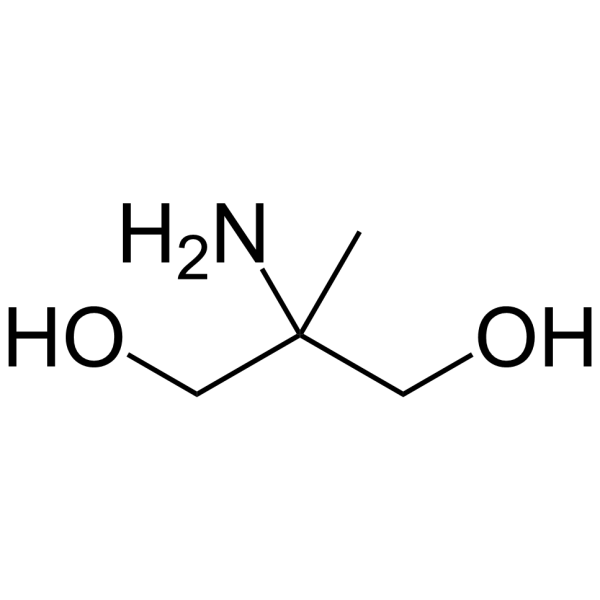
115-69-5 |
| Literature: WO2013/133925 A1, ; Paragraph 0020; 0021; 0025 ; |
|
~% 
115-69-5 |
| Literature: US2413153 , ; |
|
~93% 
115-69-5 |
| Literature: Cardillo, Giuliana; Orena, Mario; Porzi, Gianni; Sandri, Sergio Journal of the Chemical Society, Chemical Communications, 1982 , # 22 p. 1309 - 1311 |
|
~% 
115-69-5 |
| Literature: Journal of the American Chemical Society, , vol. 112, # 2 p. 779 - 786 |
| Precursor 4 | |
|---|---|
| DownStream 10 | |
| HS Code | 29221980 |
|---|

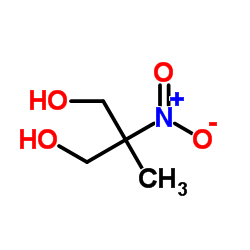




![Benzenesulfonamide,4-methyl-N-[1-methyl-2-[[(4-methylphenyl)sulfonyl]oxy]-1-[[[(4-methylphenyl)sulfonyl]oxy]methyl]ethyl] structure](https://image.chemsrc.com/caspic/343/10405-52-4.png)
![1,3-Propanediol,2-[[(2-hydroxyphenyl)methylene]amino]-2-methyl structure](https://image.chemsrc.com/caspic/120/18278-95-0.png)
